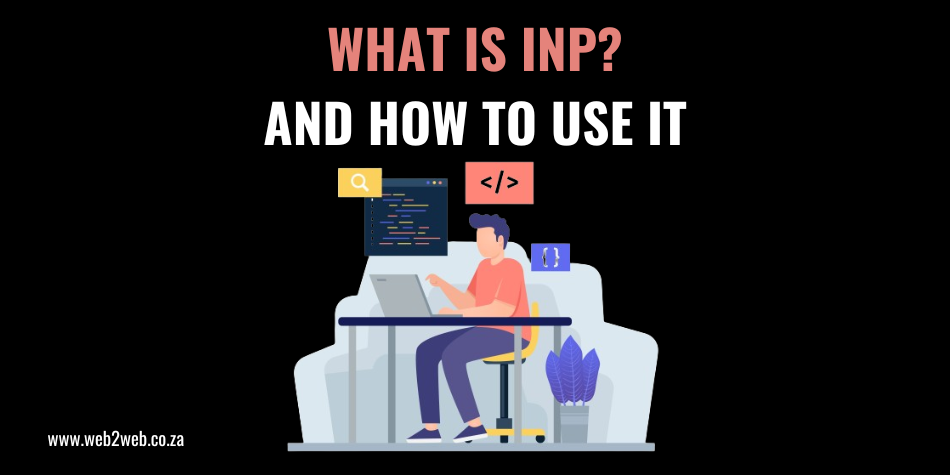
How to optimise for INP
In March 2024, Google implemented a new Core Web Vital, Interaction to Next Paint (INP). Replacing First Input Delay (FID), INP provides a fundamental understanding of your website’s user experience. It is also a key metric Google uses for SEO making this metric one you cannot overlook.
To fully understand INP and how it affects your online business, we are going to dive into what it is, what affects it and what you can do to improve your place in the Search Engine Results Page (SERP). After this article, you will be clued up on everything you need to know.
What is Interaction to Next Pain (INP)?
INP is the amount of time it takes for your website to respond to a user’s input. From a click to a key press, this metric is measured from the moment that happens to the moment your website finishes its response.
INP considers the time for all interactions a user experiences on your website and the metric reports on the worst two percent of responses. This will give you an idea of how slow your website is responding to the slowest elements.
From a user experience point of view, a bad INP could mean frustration with your website which could ultimately lead them to leave your website and seek an alternative. For SEO, Google wants to suggest websites with better UX and will rank websites with good INP higher than those with lower scores.
What causes high INP?
Three parts play into measuring Interaction to Next Paint; input delay, processing time and presentation delay. Anything that slows these down will increase your INP, making your website less user-friendly. Some examples that will do this are:
- JavaScript tasks that exceed 50 milliseconds.
These can block the main thread causing a delay in the user’s browser when processing the interaction. - Large and complex pages.
After the interaction is processed, the browser needs to render the next frame. Large and complex pages will slow this down. - Third-party scripts and plugins.
Inefficient or too many third-party products on your website will slow the load and processing time. - Hosting services.
An unreliable or ineffective host will hinder how responsive your website is for the user.
How to measure and improve INP.
Several free tools are provided to show your website’s INP. These include PageSpeed Insights, Chrome DevTools and Lighthouse. When looking at INP, any score of 200 milliseconds or less is ideal. Up to 500 milliseconds needs improvement, while above that is poor.
There are several tasks you can do to improve the INP of your website. For starters, PageSpeed Insights and Lighthouse will provide you with a detailed analysis of the performance and flag causes for slower speeds.
Taking care of your SEO basics will also improve your INP as well as many other factors that could be causing your website to not rank well in the SERP. Some examples of this are using an effective host, carefully choosing your theme and plugins if your website is using a CMS, using a CDN and making use of caching strategies.
If your website requires large JavaScript tasks, your website will benefit from breaking them down into smaller chunks. This will stop single tasks from slowing down the rest of the website for quicker processing. In the same thread of JavaScript, optimisation and minimisation of code is highly recommended for faster reaction times.
If your website experiences thrashing, code that forces the browser to recalculate, you can minimize the number of DOM manipulations and style recalculations.
Finally, consider using lazy loading. This delays the loading of non-essential page elements. This could be images or other files that don’t appear on landing, allowing your website to only load the most critical elements for the user first.
Improving your SEO can be easy with Web2Web.
We have just used a lot of technical talk, but addressing bad INP goes a lot deeper than this. If you want to improve your Core Web Vitals and the SEO of your entire website, our team at Web2Web can have you covered.
From front to back end, on-page to technical and more. Our SEO services can improve your standing on the SERP. If you want to learn more about what we can provide, simply contact us and an expert will get in touch with you.
Tel: 021 551 2060
Email: [email protected]

 021 551 2060
021 551 2060



